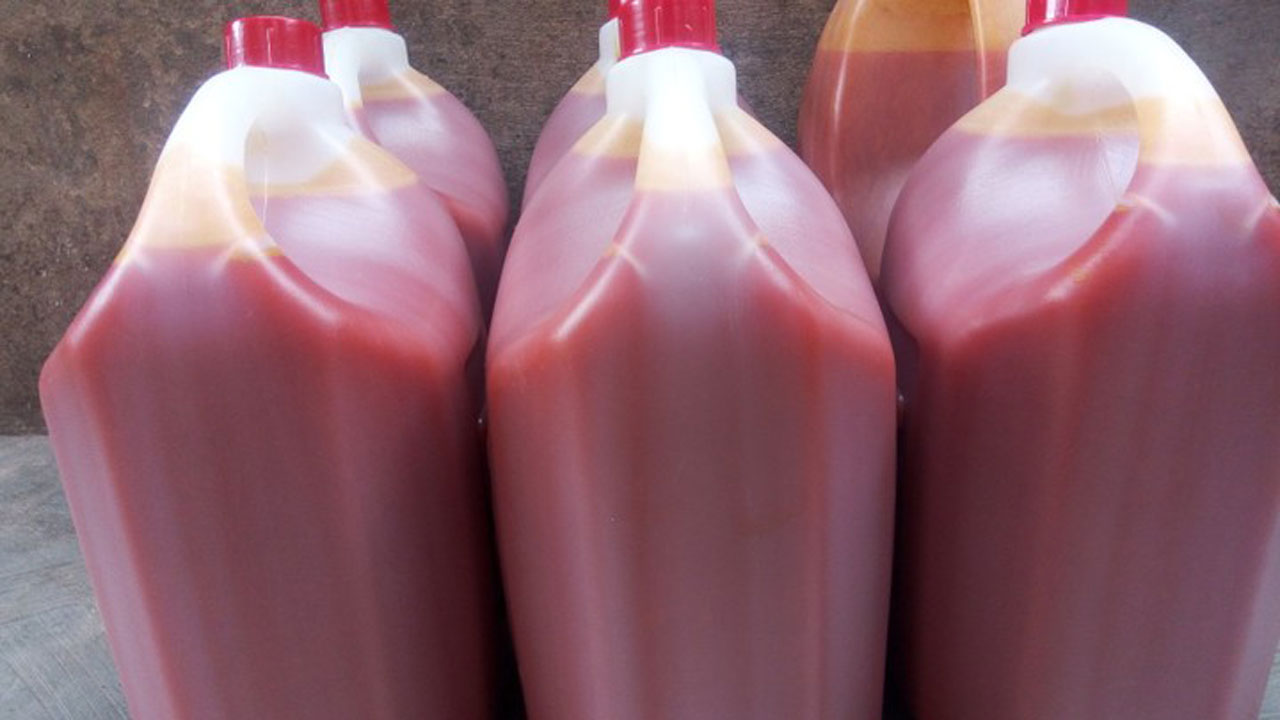By Abimbola Mohammed
The global Palm oil market is expected to grow up to US$ 87.40 billion by 2028, from US$ 74.32 billion in 2023, growing at a CAGR of 3.30%.
According to a report by Research and Market.com, oil palm plants outperform other vegetable crops such as soy, sunflower, and mustard, producing 4-10 times more per unit of land. This high productivity is critical to world food security and nutrition. Additionally, oil palm farms are becoming more and more important on a worldwide scale because of their productivity and affordability.
Oil palm trees, native to Africa, were imported to Southeast Asia as an attractive tree crop. Palm oil has been used for cooking in Southeast Asia and tropical Africa for millennia. However, due to its functional advantages, adaptability, and broad availability, the food industry has embraced refined palm oil in recent decades.
A report by PwC said in the early 1960s, Nigeria was the world’s largest palm oil producer with a global market share of 43%. Today, it is the 5th largest producer with less than 2% of total global market production of 74.08 million MT. In 1966, Malaysia and Indonesia surpassed Nigeria as the world’s largest palm oil producers.
Since then, both countries combined produce approximately 80% of total global output, with Indonesia alone responsible for over half i.e. 53.3% of global output. According to the Central Bank of Nigeria (CBN), if Nigeria had maintained its market dominance in the palm oil industry, the country would have been earning approximately $20 billion annually from cultivation and processing of palm oil as at today.
Nigeria is the largest consumer of palm oil in Africa with a population of 197 million people (World Bank, 2018). The nation consumed approximately 3 million MT of fats and oils in 2018, with palm oil accounting for 44.7% or 1.34 million MT. In the same period, production stood at 1.02 million MT resulting in a supply shortfall of 0.32 million MT (excluding possible impact of palm oil exports).
With less than a year to the 2024 target for Nigeria to attain self-sufficiency in palm oil, it is becoming unrealistic for a country, which once occupied the vantage position as the leading exporter of the produce to return to that enviable position it relinquished, going by the current production capacity.
It could be recalled that in 2019, Godwin Emefiele, former Governor of the Central Bank of Nigeria (CBN), made a policy statement at a stakeholders’ meeting on the Palm Oil Value Chain, in Abuja, he pointed towards the possibility of making the country self-sufficient in palm oil between 2022 and 2024 and ultimately overtake Thailand and Columbia to become the third largest producer.
He promised support for improved production of palm oil to meet not only the needs of the domestic market, but to also increase exports to improve Forex earnings.
Currently, Nigeria occupies the fifth position in the league of palm oil producing countries, with 1.5 per cent or 1.03 million metric tonnes of the world’s total output, according to the United States Department of Agriculture (USDA).
Consumers worldwide are increasingly drawn to palm oil, particularly due to its elimination of GMOs, gluten, and milk from edible fats, making it a popular choice in the global market. Palm Oil’s longer shelf life and lower price compared to other vegetable oils are expected to drive market expansion as more consumers become aware of these health advantages.
The governments of major palm oil producers, like Indonesia and Malaysia, prioritize sustainable and organic practices in response to rising public concerns about agrochemicals and the demand for organic products.
Palm oil production is continuously growing in Indonesia. The growing population and rising incomes have made China a major importer of palm oil globally. Due to Indonesia’s extensive landmass, hospitable climate, and well-established infrastructure, palm oil exports predominate there.






Comment
No comments found.